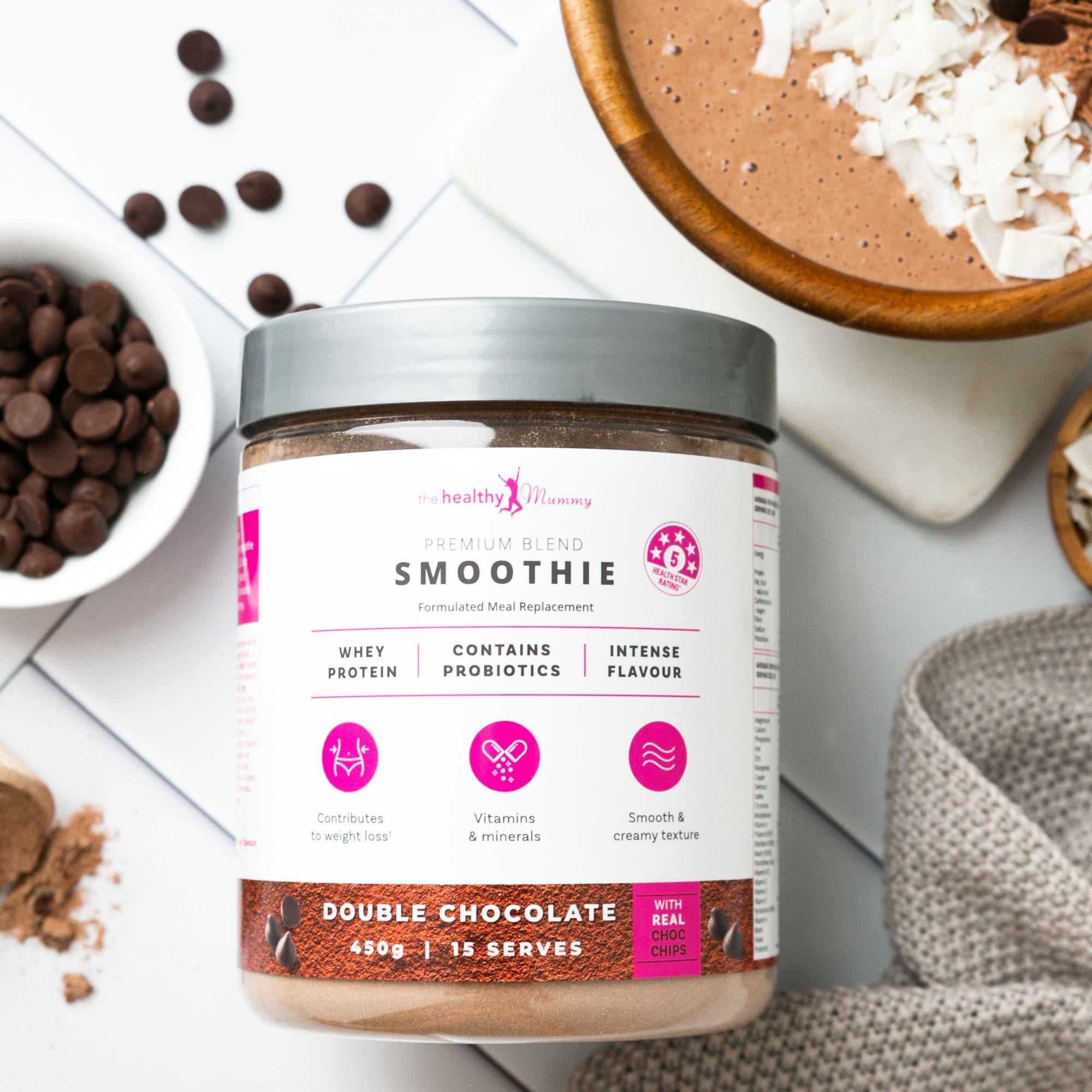How To Cut Your Grocery Bill By $100 A Week
Did you know that the average Australian family spends over $250 a week on food and drink? What if you could cut your grocery bill by $100 every single week?
Did you know that the average Australian family spends over $250 a week on food and drink?
For many families, grocery bills of over $300-350 a week are not uncommon. What if you could cut your grocery bill by $100 every single week? Imagine what you could do with the extra money!
This is one of the reasons we ensure our 28 Day Weight Loss Challenges are budget friendly – so you can learn how to eat healthily and lose weight on a budget!

Has your grocery bill been gradually creeping up? Don’t panic, you can get it back under control and you don’t have to resort to eating beans on toast.
These hacks will help you cut your grocery bill every single week.
Grocery Hacks To Spend Less While Eating Well
Saving on groceries doesn’t mean you need to eat rubbish. In fact, packaged foods tend to be more expensive, so by eating foods made from scratch you’ll also save money.
1. Plan Ahead

If you shop without a list, you will spend more. Simple.
Meal planning does more than save time at the end of a long day, it will also save you money at the supermarket.
Make sure to include snacks and school lunch foods in your planning and don’t forget to write a list of any household items you need. Most important of all, STICK TO THE LIST!
Struggling for meal ideas? Check out the eBook subscription. Get EVERY eBook available now and in the future for just $10 a month. That’s less than 33 cents a day!

2. Buy Home Brand Basics
Flour is flour and rice is rice. Despite the $3+ difference in price on the packet, there really is no difference in taste.
You can save $10-20 per shop simply by exchanging name brand for home brand on the basics.
3. Reduce Waste

How much of your grocery shop ends up in the bin each week? A few cucumbers here and an onion there all add up.
Try to buy only what you will use and where possible, buy non-perishable alternatives.
Snap-frozen veggies have been shown to have just as many nutrients (sometimes more) than their “fresh” alternatives. Buying frozen where possible saves on waste and is often cheaper. This is especially true for anything not in season.
4. Don’t Shop Hungry
All food seems so much more tempting and delicious when we are hungry. If you shop hungry you are likely to buy larger quantities and more stuff than if you shop on a full stomach.
You’ll also be more tempted to make poor food choices so it’s best to avoid the store when you’re hungry.
5. Shop Online

If you tend to get the shock of your life when the final bill rings up on the cash register then try shopping online. Most major grocery stores offer free click and collect options and it can be a great way to save time and money.
Shopping online avoids impulse buys and also lets you keep track of what you are spending. You can also easily compare pricing and choose the cheaper option when sitting on the couch at home. Something that isn’t always possible mid-shop with a screaming three-year-old.
6. Check On Price Per Unit
Manufacturers are smart when it comes to how they package and price their products. The cheapest item may not actually be the one with the lowest final price.
Make sure you are comparing “price per unit” or “price per 100g” when comparing grocery items. Supermarkets are required to list this on the price docket (usually in tiny writing at the bottom) so use it to make an informed choice. You can also sort by unit price if shopping online.
7. Avoid Packaged Foods

Packaged foods contain more additives, salt, sugar and preservatives plus the cost more.
Do your health and your wallet a favour and avoid pre-packaged foods wherever possible.
A good guide to how much fresh vs processed food you are buying is to take a look on your grocery docket and see which items have GST charged. They are usually marked with a little asterisk. GST is generally not charged on healthy whole foods including fruit, vegetables, rice, pasta, bread etc.
8. Eat Less Meat

Most people spend a big chunk of their weekly grocery budget on meat. If you choose expensive cuts and eat large amounts of meat for every meal the cost really adds up.
Try to plan meals with less meat. There are heaps of healthy vegetarian or even vegan choices that will fill you up and cost much less than a traditional meat-filled meal. Less meat in your diet can also be a healthier choice for both your family and the environment.
Maybe try our Kid Approved Healthy Pizza Scrolls or Gluten Free Vegetarian Baked Stuffed Sweet Potato.
By eating healthy whole foods, planning ahead and choosing cheaper options where they are available you really can save heaps on your groceries each week. Eating for less doesn’t have to mean eating rubbish. Take the time to plan out your meals and you really will spend less.
Save On Groceries With The 28 Day Weight Loss Challenge
Tired of wondering what to cook?
Now you can easily meal plan with our personalised plans & over 6,000 family & budget friendly recipes catering to a wide range of dietary requirements.
The Healthy Mummy is a holistic program to nourish your body with nutritious food and help you stay active in your busy, everyday life. Yours and your families well being should be a priority so let us take the hassle out of it.
Unlock the key to sustainable life changes that will leave you feeling your absolute best.










